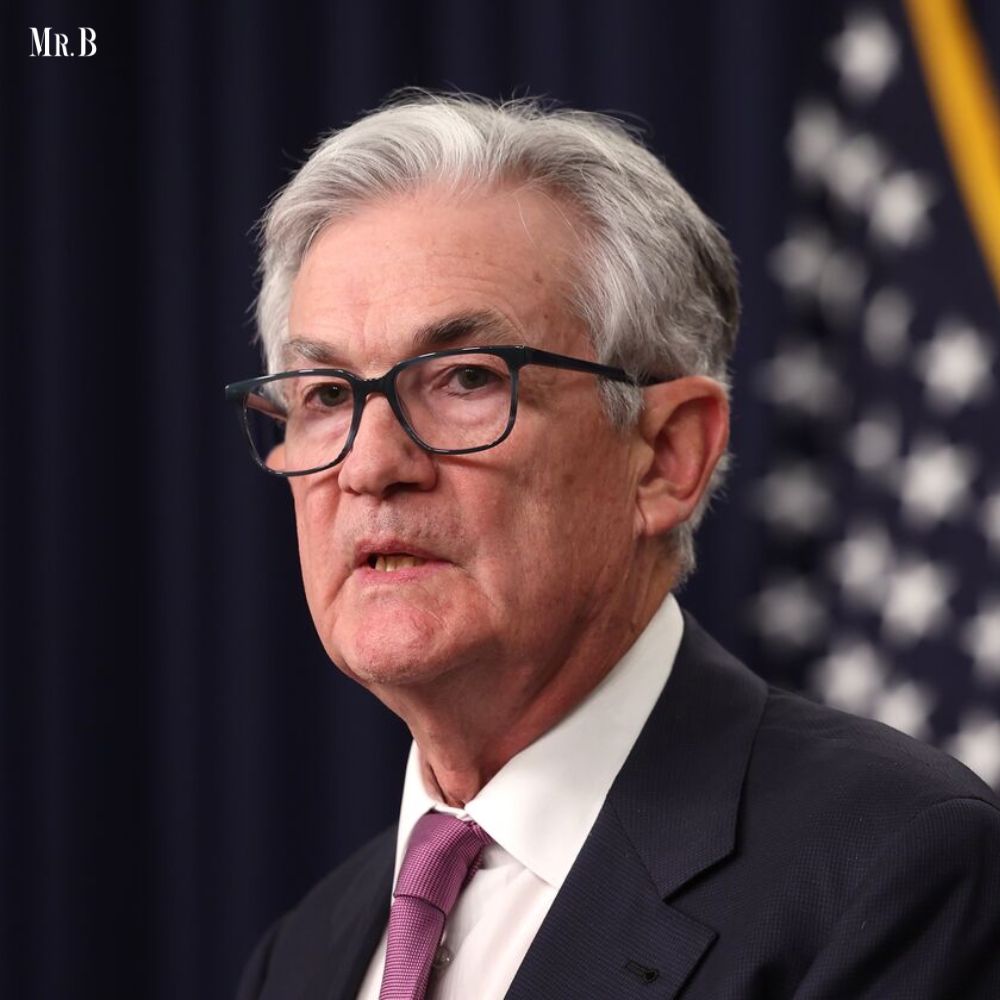(Source-bloomberg)
In its latest move, the Federal Reserve opted to maintain interest rates, marking the fourth consecutive meeting without any changes. The benchmark lending rate, at its highest in 23 years, remains unchanged, as the financial world anticipates potential rate cuts later in the year.
Since March 2022, the central bank has implemented 11 rate hikes, aiming to counteract the swiftest inflation in decades. While inflation has moderated since then, nearing the Fed’s 2% target, the expectation of rate cuts in 2024 has been projected by officials. However, the Fed’s recent policy statement, released on Wednesday, diverged from the prevailing anticipation of an initial rate cut in March.
Hesitant FOMC:
According to the statement, the Federal Open Market Committee (FOMC) expressed hesitancy, stating, “The Committee does not expect it will be appropriate to reduce the target range for the federal funds rate until it has gained greater confidence that inflation is moving sustainably toward 2 percent.” This sentiment was echoed by Fed Chair Jerome Powell during his post-meeting news conference, where he emphasized that there was no proposal to cut rates, deeming a March cut as “probably not the most likely case.” Powell reiterated the need for “greater confidence” in sustainable inflation progress before entertaining the possibility of rate cuts.
Powell also remarked on the current economic scenario, stating, “We have not achieved a soft landing yet,” expressing caution despite encouraging progress. His acknowledgment of positive developments was tempered by a reluctance to declare victory at this point.
The market reacted swiftly to Powell’s comments, with stocks experiencing a decline. The Dow closed 318 points lower, the S&P 500 dropped 1.6%, and the Nasdaq Composite fell by 2.2% in response to the indication that March rate cuts were unlikely.
Change Acceptance is Key:
While the Fed has been communicating the improbability of a rate cut in March for weeks, Wall Street has been slow to adjust to this guidance. Initial expectations for rate cuts in March, as indicated by futures in early January, have diminished. Although there is a slight rise in the odds following the Fed’s decision, the possibility of a March cut has not been completely ruled out, given the distance to the Fed’s March 19-20 meeting and the numerous economic reports expected in the interim.
Despite the prevailing economic challenges, such as inflation that remains elevated, the Fed continues to monitor various factors before considering any rate adjustments. The current economic landscape, characterized by low unemployment and positive economic growth, provides a backdrop where the need for rate cuts is not immediate, and the Fed remains vigilant in its approach.







